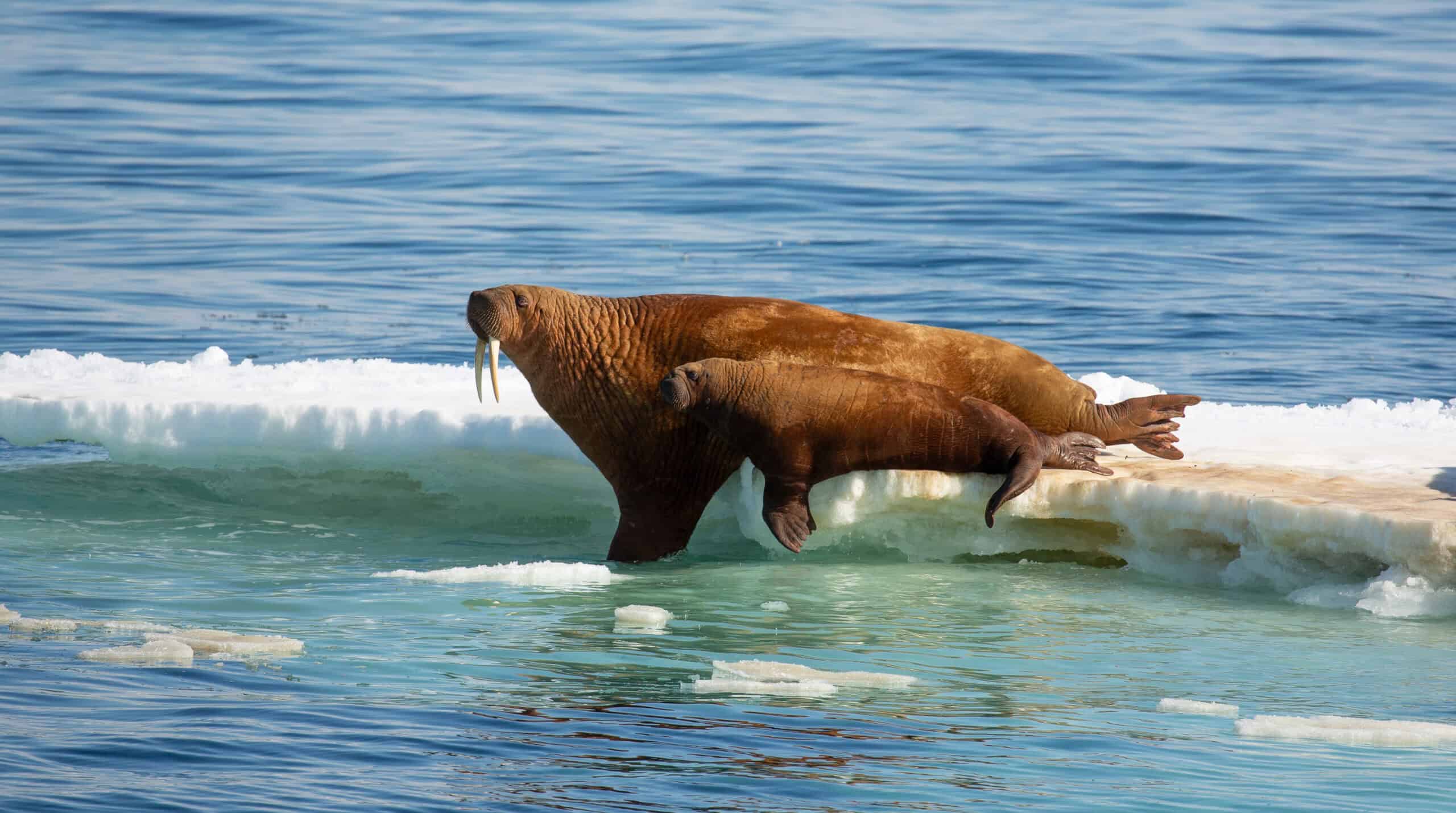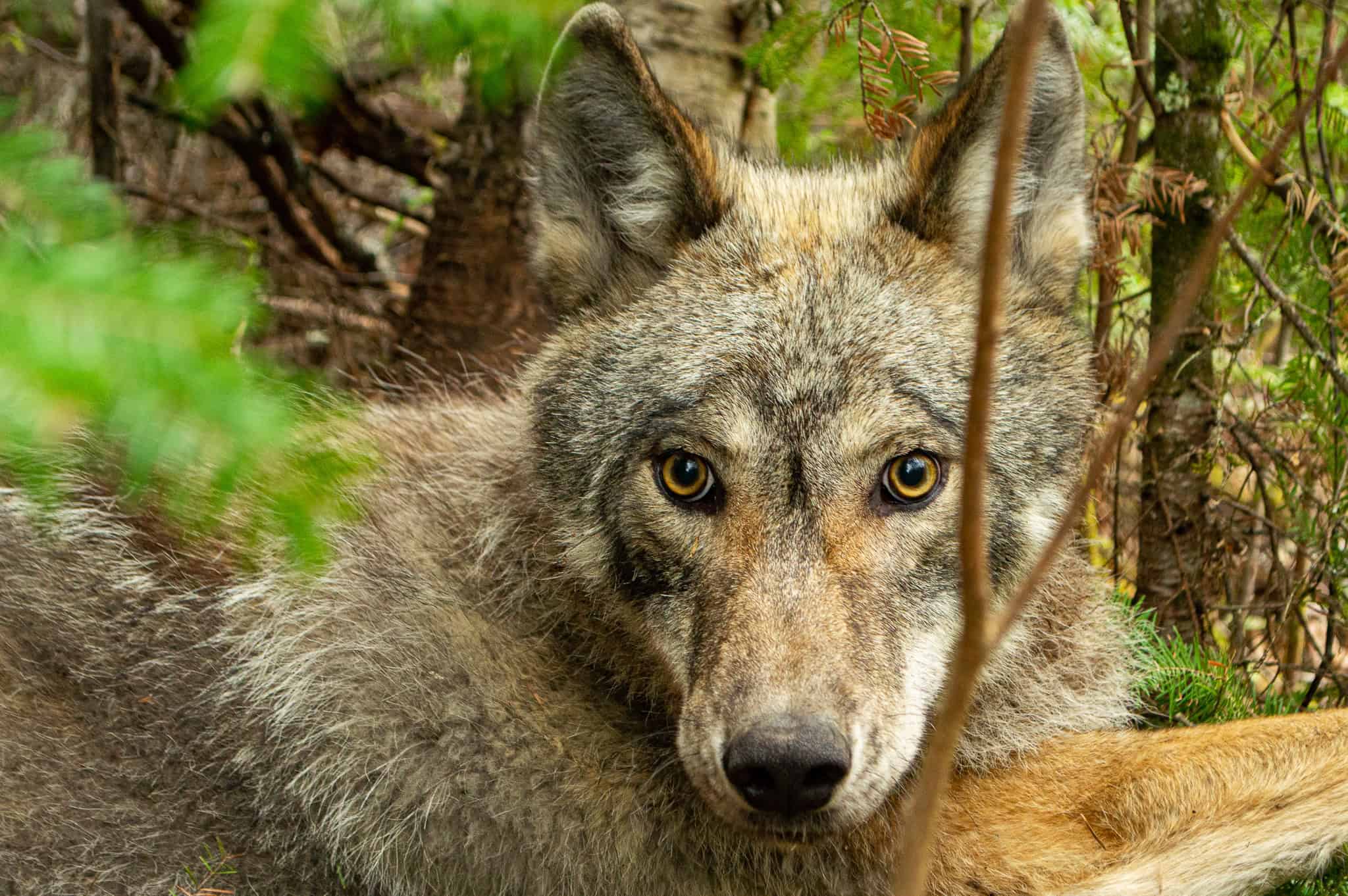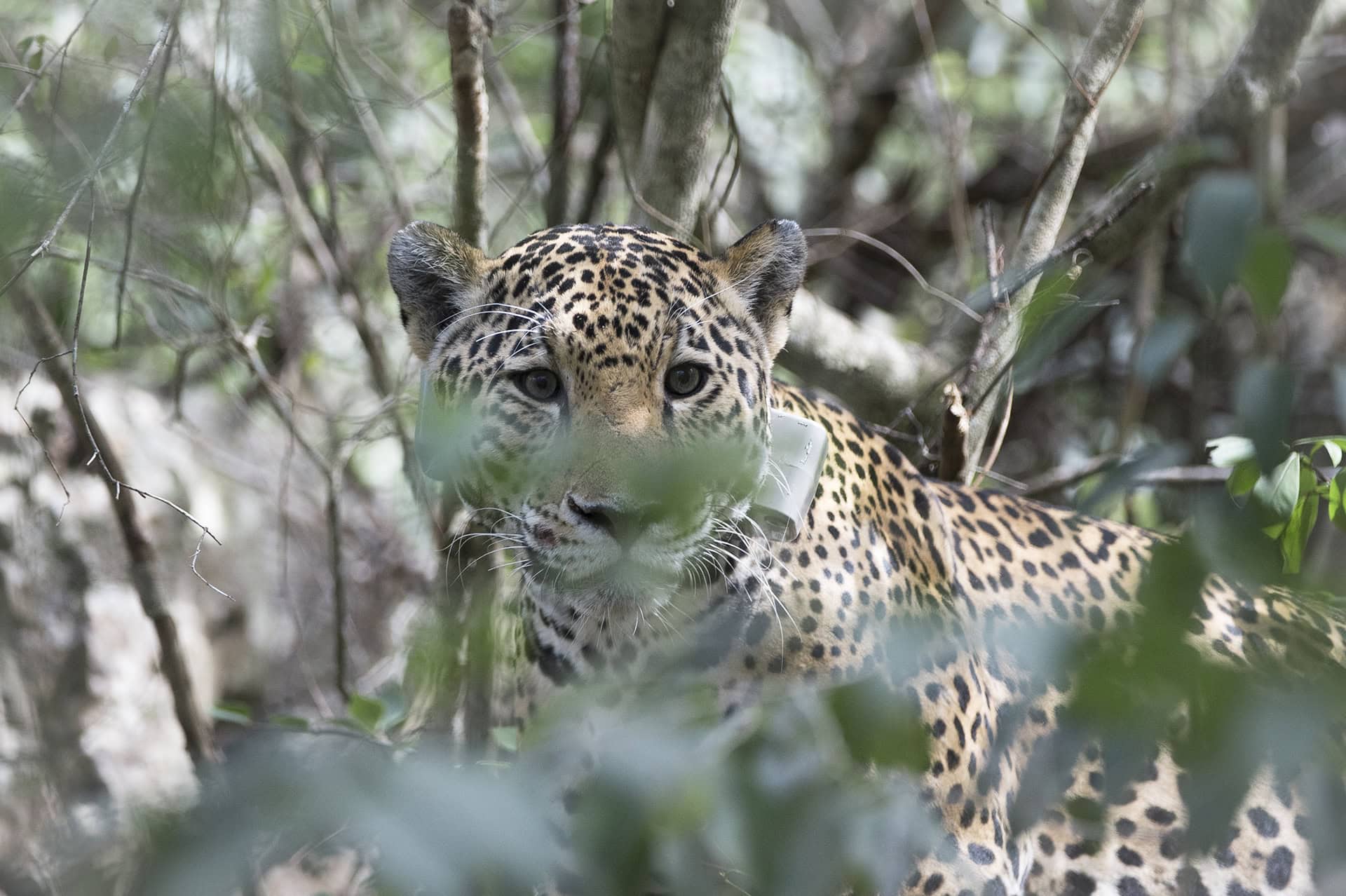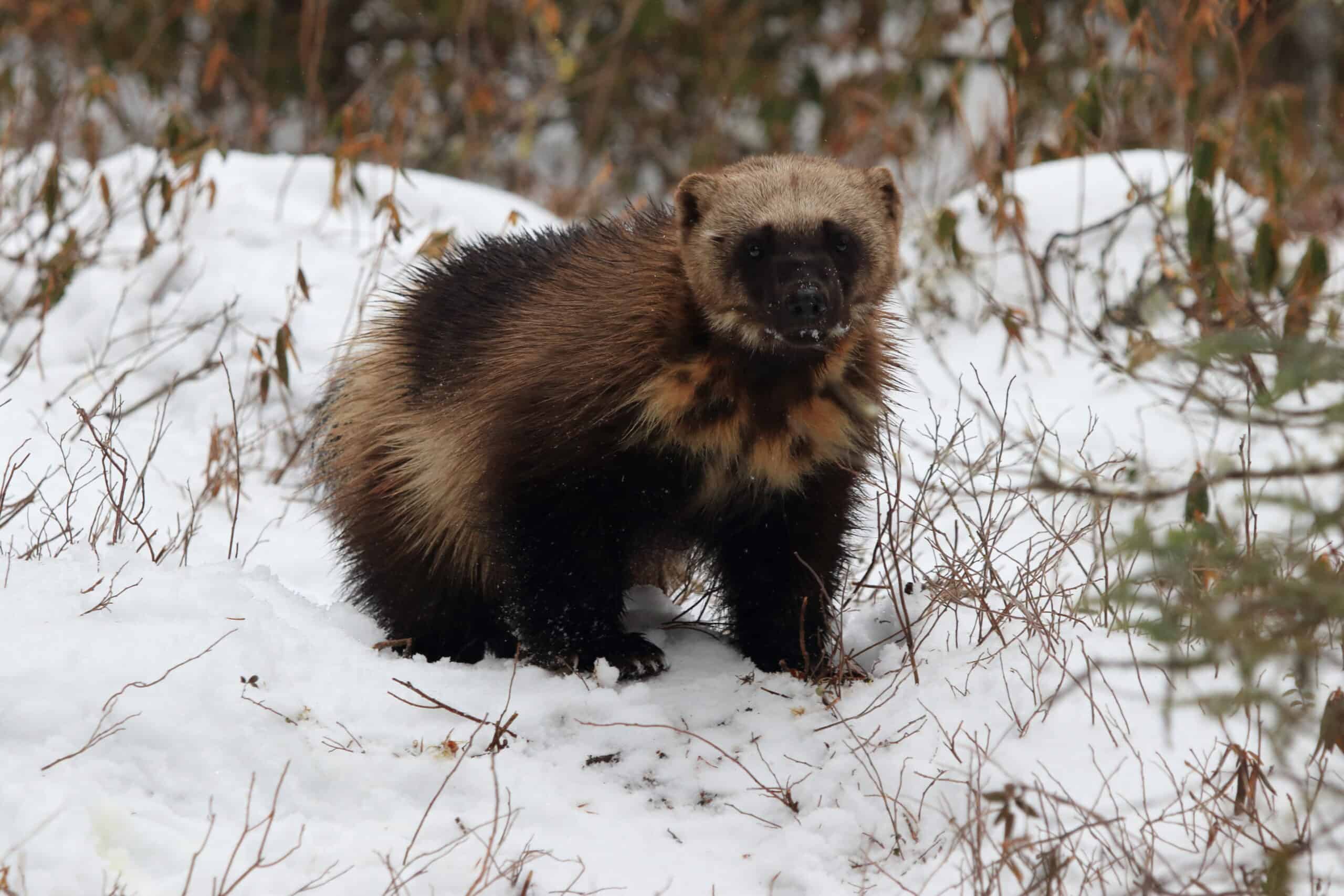Share this article
Wildlife Featured in this article
- Pacific walrus
JWM: Pacific walrus harvest sustainable for foreseeable future
Populations remain healthy under most future climate and development projections
Pacific walrus harvest appears to be sustainable when it’s maintained at current levels. But that could change under future climate change scenarios and increasing ship traffic in northern waters, researchers discovered in new research.
“Before this [research], there was no reliable metric for determining whether or not this harvest is currently sustainable or will continue to be sustainable in the future,” said Devin Johnson, a wildlife biologist with the U.S. Fish and Wildlife Service’s Marine Mammals Management Walrus Program.
Pacific walruses (Odobenus rosmarus divergens) live in the Bering, Chukchi and East Siberian Seas—essentially, in the waters of Alaska and Russia.
Indigenous people in both areas have long walrus harvesting traditions. The Eskimo Walrus Commission, an organization that represents the harvesting communities of the Yup’ik, St. Lawrence Island Yupik and Iñupiaq, wanted to assess the sustainability of the practice. In a study published recently in the Journal of Wildlife Management, Johnson and his colleagues helped them answer these questions by looking at walrus harvest, both now and into the future under the estimated impacts of increasing development and climate change forecasts.
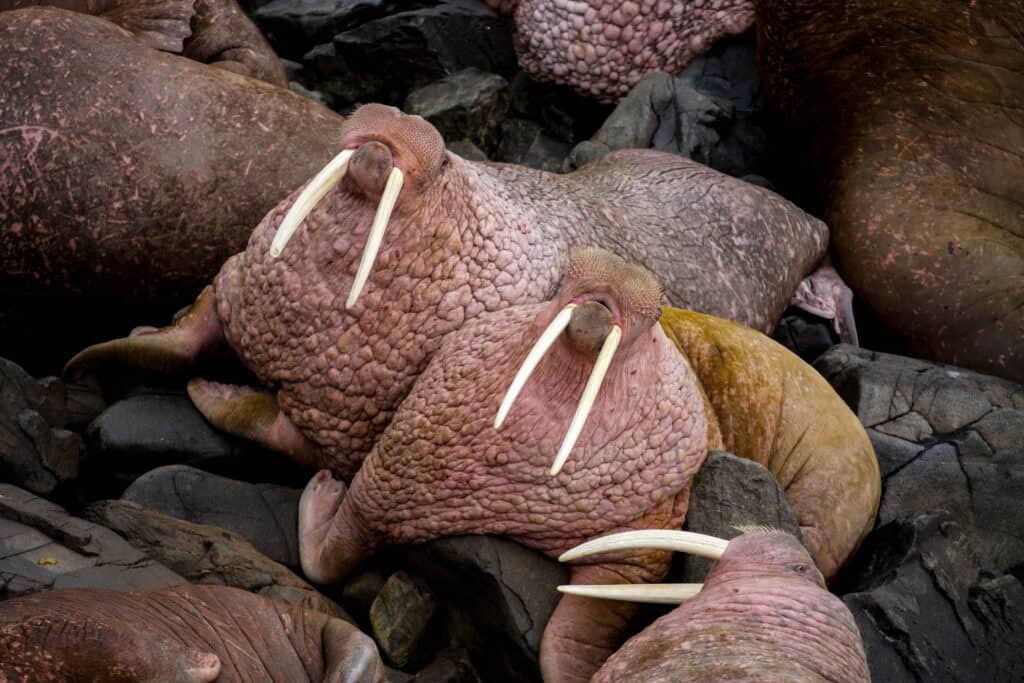
The team gathered published statistics on the numbers of walrus harvested since 1980 in Russia and Alaska. This data revealed that the average number of walruses harvested was about 28% lower during the period of 2005 to 2015 compared to the time between 1980 and 2005. Scientists estimate the total population of Pacific walruses to be about 257,193.
The team calculated the amount of disturbance to walruses from previous research Johnson and his colleagues had published in Marine Ecology Progress Series. When disturbed while on shore, in the worst cases, thousands of frightened walruses can stampede and trample one another, leading to deaths and injuries. Ship traffic can also disturb them while they’re foraging. But Johnson’s earlier research had predicted that declining sea ice will be the main factor affecting walrus numbers from now until 2100. All climate models predicted walrus declines.
The researchers then compared disturbance scenarios to various harvest scenarios.
The models revealed that a harvest of 1.23% of the female population would remain sustainable to 2100 under all scenarios considered. But even if harvest stayed at a set number rather than a percentage of estimated population, the chances of the harvest becoming unsustainable were low, the researchers found.
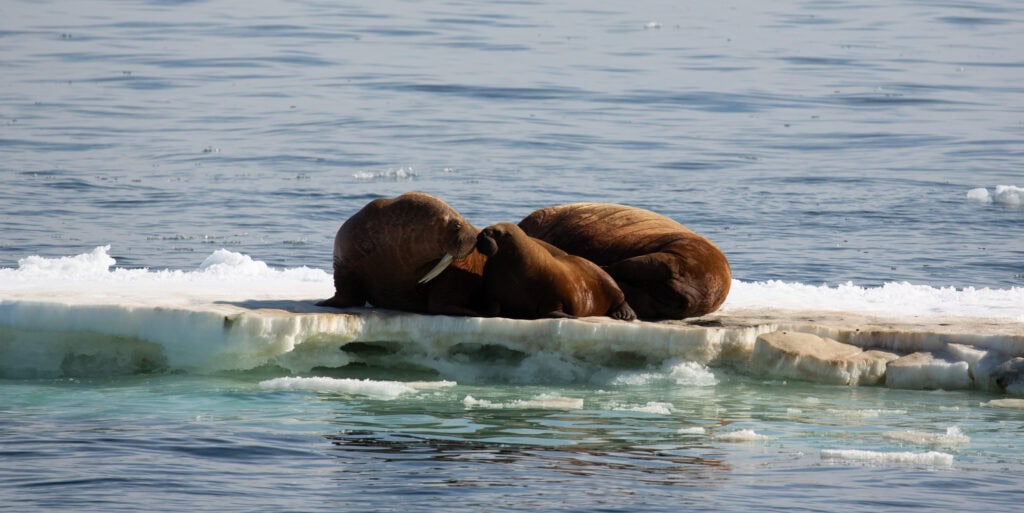
These findings square well with those reported by Indigenous harvesters. Johnson and his colleagues consulted with Indigenous walrus hunters and elders in a workshop as part of the study. “Hunters continue to report the animals they harvest are healthy,” Johnson said, but they share concerns about the future effects of climate change and disturbance on the population.
Johnson and some of his co-authors continue to participate in ongoing walrus research. Since 2023, they have been involved with a new series of annual walrus research cruises, collecting tissue samples from walruses in the broken sea ice habitat of the Chukchi Sea and using genetic mark-recapture techniques to attain an updated population abundance estimate.
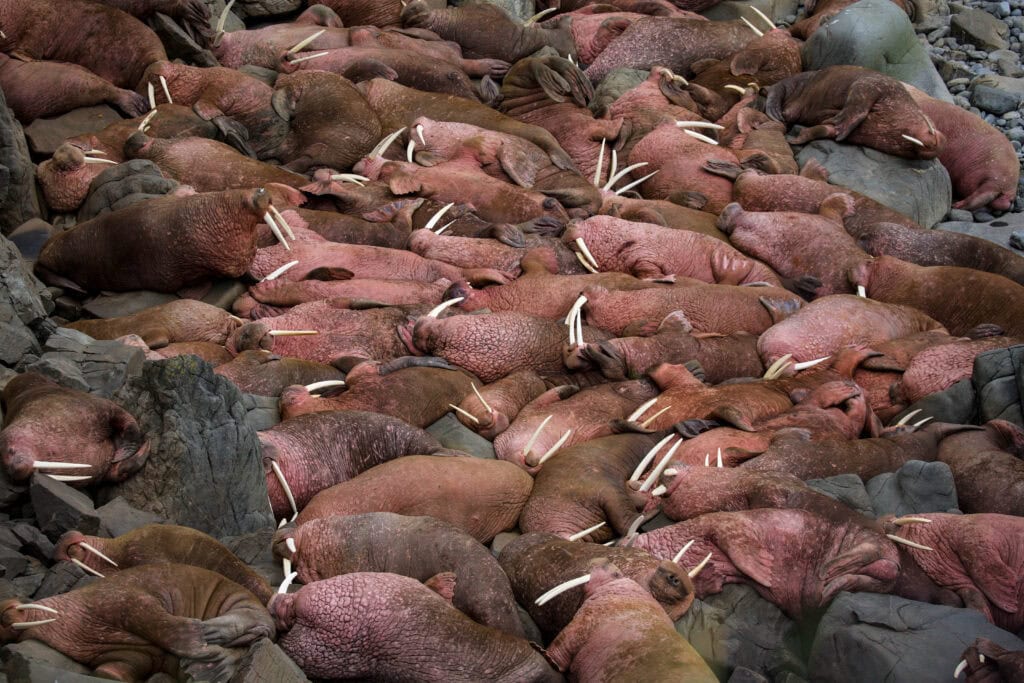
The work doesn’t always go as planned. In 2024, their research vessel became trapped in the ice for over two weeks. “It was fine,” Johnson said. “We were equipped to be out there for a whole month of fieldwork.” Ultimately, the abundance estimate attained from this research effort will aid and inform the harvest sustainability analysis introduced in this study.
This article features research that was published in a TWS peer-reviewed journal. Individual online access to all TWS journal articles is a benefit of membership. Join TWS now to read the latest in wildlife research.
Header Image: Declining sea ice may present the largest threat to Pacific walrus populations in the future. Credit: Devin Johnson, USFWS Permit PRT #MA33776D



